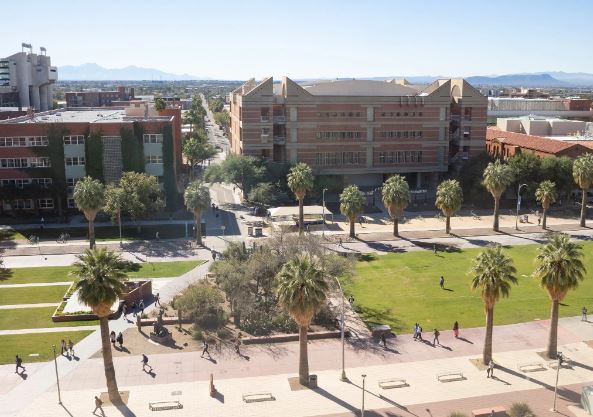Freshman enrollment at American colleges and universities has dropped by more than 5 percent compared to last year, marking the largest decline since 2020, according to preliminary data released on Wednesday by the National Student Clearinghouse Research Center, a nonprofit organization that tracks trends in education. The drop comes in the wake of several issues, including delays in processing federal student aid and changes in higher education due to the Covid-19 pandemic, which disrupted traditional learning models.
The federal student aid system faced significant challenges last year, particularly with the Free Application for Federal Student Aid (FAFSA), which many students rely on to access financial aid. Technical issues with the FAFSA caused delays in processing families’ financial data, leaving many school administrators without the necessary information to finalize financial aid packages until well into the summer. These delays made it difficult for students and families to accurately determine the cost of attending college, potentially influencing their enrollment decisions.
Although the data does not directly prove that FAFSA issues were the main cause of the decline, it is evident that the complications contributed to growing frustration among students, especially those from lower-income families who rely heavily on federal aid. Many students may have opted to defer their education or seek more affordable alternatives like community colleges or two-year degree programs.
One of the most striking trends in the report is the sharp drop in freshman enrollment at schools that serve a higher percentage of lower-income students. Institutions with significant populations of students receiving Pell Grants saw a more than 10 percent decrease in new enrollments compared to 2023. Pell Grants are federal subsidies that provide financial assistance to low-income students, with awards of up to $7,395 annually. These grants primarily help students from families earning less than $60,000 per year, with a majority of recipients coming from households earning less than $20,000.
The Biden administration has made increasing the maximum size of the Pell Grant a key priority, raising the award by $900 for the 2024-2025 academic year. While this increase was seen as a positive step toward making college more affordable, the drop in enrollment among Pell Grant recipients indicates that fewer students were able to take advantage of the larger financial award this year. Consequently, any potential positive impact of the increased Pell Grant size on colleges with large numbers of lower-income students was offset by the enrollment decline.
Doug Shapiro, executive director of the National Student Clearinghouse Research Center, noted that several factors likely contributed to the drop in enrollment, including the Supreme Court’s decision to end race-conscious admissions policies, concerns about student debt, and a strong labor market. These factors may have influenced some students to postpone college or explore other options. However, Shapiro also acknowledged that it remains unclear how much of the decline is directly attributable to FAFSA-related issues.
Drawing comparisons to the enrollment decline in 2020, Shapiro expressed concerns that the current drop may have long-term consequences. When high school seniors deferred college in 2020, very few returned to higher education in subsequent years, resulting in a permanent decline in overall enrollment. Shapiro warned that this pattern could repeat, with students who choose to delay college potentially finding it harder to return as time goes on, especially as they enter the workforce or start families.
Despite the decline in freshman enrollment, the report did offer some positive news. Overall undergraduate enrollment rose by about 3 percent, largely driven by an increase in high school students taking college courses. Additionally, enrollment in associate degree programs has grown, and the most significant gains were seen in undergraduate certificate programs, where enrollment is up by 7.3 percent. These trends suggest that while fewer traditional freshmen are entering college, alternative education pathways, such as community colleges and certificate programs, are becoming increasingly popular.
The U.S. Department of Education, which released its own analysis earlier this week, reported a 3 percent increase in the total number of students expected to receive federal student aid in 2024. It also noted that 10 percent more students are projected to receive Pell Grants this year. However, the department acknowledged a 2 percent decrease in FAFSA applications, particularly among high school seniors and first-time filers.
As more colleges continue to report their freshman enrollment numbers throughout the semester, the final data may show additional changes. But for now, the early findings highlight the ongoing challenges facing American higher education, particularly for low-income students and the institutions that serve them.

